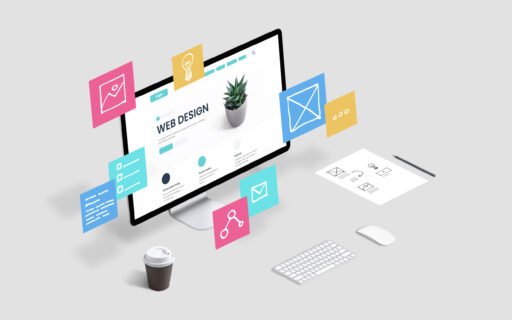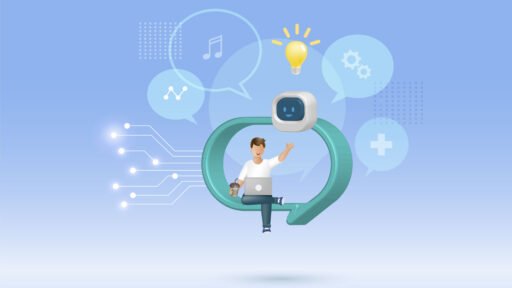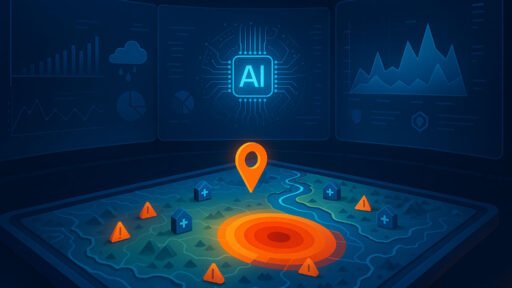In the ever-evolving realm of digital products, User Experience (UX) and User Interface (UI) design are paramount. They play a crucial role in how users interact with a product and ultimately determine its success. As artificial intelligence (AI) continues to advance, it’s becoming an invaluable tool for enhancing UX/UI design. Here’s how AI can be harnessed to revolutionize the user experience:
1. Personalized User Experiences
AI algorithms can analyze user behavior and preferences to deliver personalized experiences. By understanding what users like, AI can tailor content, recommendations, and interfaces to match individual preferences, creating a more engaging and satisfying experience.
- Example: E-commerce websites using AI to recommend products based on browsing history and past purchases.
2. Predictive Analytics
AI can predict user needs and behaviors by analyzing data patterns. This allows designers to anticipate user actions and optimize interfaces accordingly, ensuring smoother navigation and interaction.
- Example: Streaming services predicting what users might want to watch next based on their viewing history.
3. Automated Design Assistance
AI-powered tools can assist designers in creating UI elements and layouts efficiently. These tools can suggest design improvements, automate repetitive tasks, and even generate design prototypes based on user data.
- Example: Platforms like Sketch2Code that transform hand-drawn sketches into HTML prototypes.
4. Voice User Interfaces (VUIs)
Voice recognition technology powered by AI has given rise to Voice User Interfaces. VUIs allow users to interact with digital products through voice commands, enhancing accessibility and providing a hands-free experience.
- Example: Virtual assistants like Alexa and Google Assistant.
5. Enhanced Usability Testing
AI can streamline usability testing by analyzing user interactions and identifying pain points. This helps designers make data-driven decisions to improve the overall user experience.
- Example: Using AI to track mouse movements and clicks to identify areas of confusion or frustration in a web interface.
6. Aesthetic Enhancements
AI algorithms can enhance the visual appeal of interfaces by suggesting color schemes, font pairings, and design styles that resonate with users. This ensures that the UI not only functions well but also looks appealing.
- Example: Tools like Canva offering AI-generated design templates and suggestions.
7. Chatbots for Improved Interaction
AI-powered chatbots can handle user queries and provide instant support, enhancing user satisfaction and reducing the need for extensive human customer service. Chatbots can be integrated seamlessly into websites and apps, providing a conversational interface.
- Example: Customer service chatbots that assist users with troubleshooting and product information.
Conclusion
AI is transforming UX/UI design by making it more personalized, efficient, and user-friendly. As AI continues to evolve, its integration into design processes will only become more sophisticated, paving the way for even more intuitive and engaging user experiences. By leveraging AI, designers can create products that not only meet user needs but also exceed their expectations, ultimately driving higher user satisfaction and loyalty.






